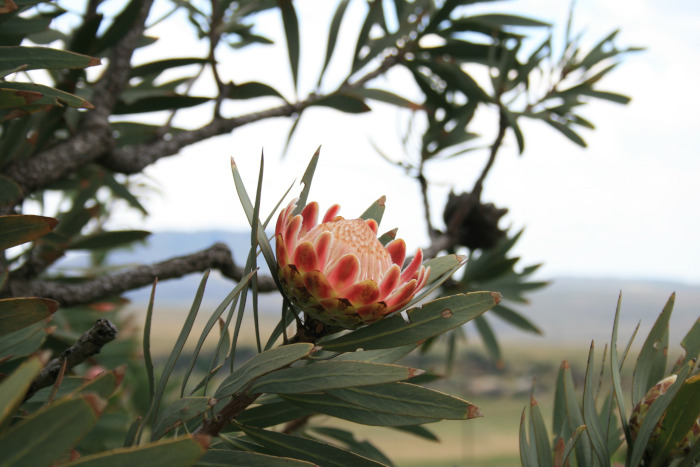Before construction on the N7 commenced, 60 varieties of plant species were carefully removed from the area and replanted to ensure their survival and protection.
The South African National Roads Agency (SANRAL) explains that protecting and considering the natural environment was a priority for the project.
“When the South African National Roads Agency (SOC) Limited… started construction on the N7 in 2016, it made sure that its efforts to improve connectivity through an improved road network would not harm the natural environment.”
The project focused on the upgrade of the N7 section one between Philadelphia and Kalsbaskraal.
The construction is aimed at transforming the road from a single to dual carriageway freeway. The N7 section one is home to an extensive range of indigenous vegetation, with the road cutting through Malmesburg Renosterveld.
Most of the plant species removed were fynbos and bulbs. All of the plants were temporarily housed in nurseries before being translocated to a 22-hectare receptor area.
The receptor area is adjacent to the N7 road.
ERO Engineers’ resident engineer, Freddie Henning, says that plans were put in place to ensure the protection of the indigenous fauna and flora.
“SANRAL’s agreement with environmentalists entailed a trade-off, where for every hectare of indigenous ground that would be used for the widening of the N7, SANRAL would give six hectares of receptor area back to Cape Nature.”
Construction is still underway and as it is completed plants are systematically being reintroduced into the natural environment. In order to make sure that these plants would thrive, large amounts of alien vegetation were cleared to make room in the receptor area.
Vula Environment Services Rehabilitation Specialist Ian Anderson, who worked with SANRAL to help them maintain high levels of environmental responsibility at all times, talks about how the project overcame challenges in ensuring plant protection.
“A major challenge was the nearly non-existent rainfall. However, with some creativity and the use of water collection tanks, we were able to water the plants only when necessary, to ensure their survival.”
Anderson adds that the plants were translocated during winter to allow for them to adjust to their new environment, “so that they are strong and able to thrive during the hot summer months”.
SANRAL Western Region Manager,Randall Cable comments on the road agency’s efforts to ensure that infrastructure and nature can coexist.
“It is important that we maintain a healthy balance that will ensure that infrastructure upgrades like these can co-exist harmoniously with our natural environment. I believe that we are doing just that, and I am proud of SANRAL’s excellent track record in working with environmental specialists, to make sure we always give back to the environment, way more than we ever take out.”
Picture:Pixabay






